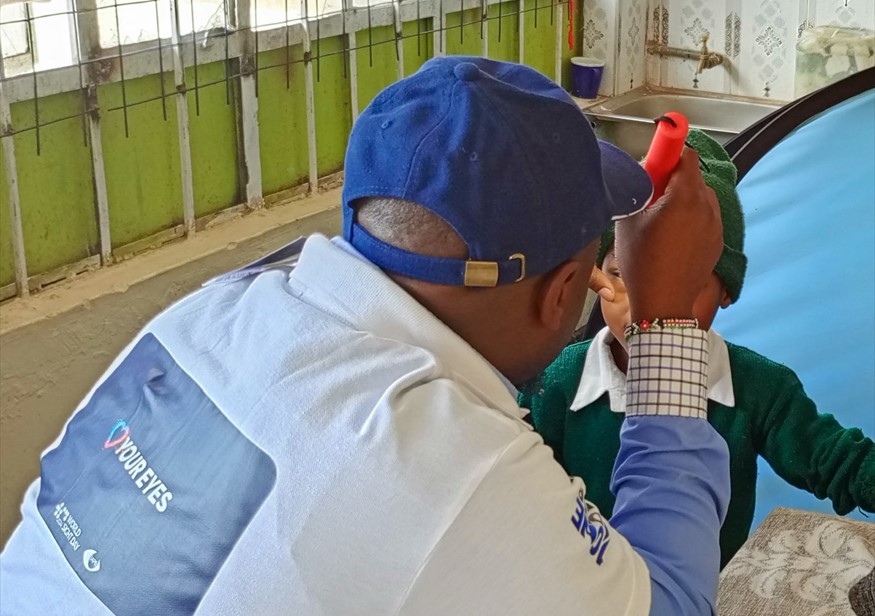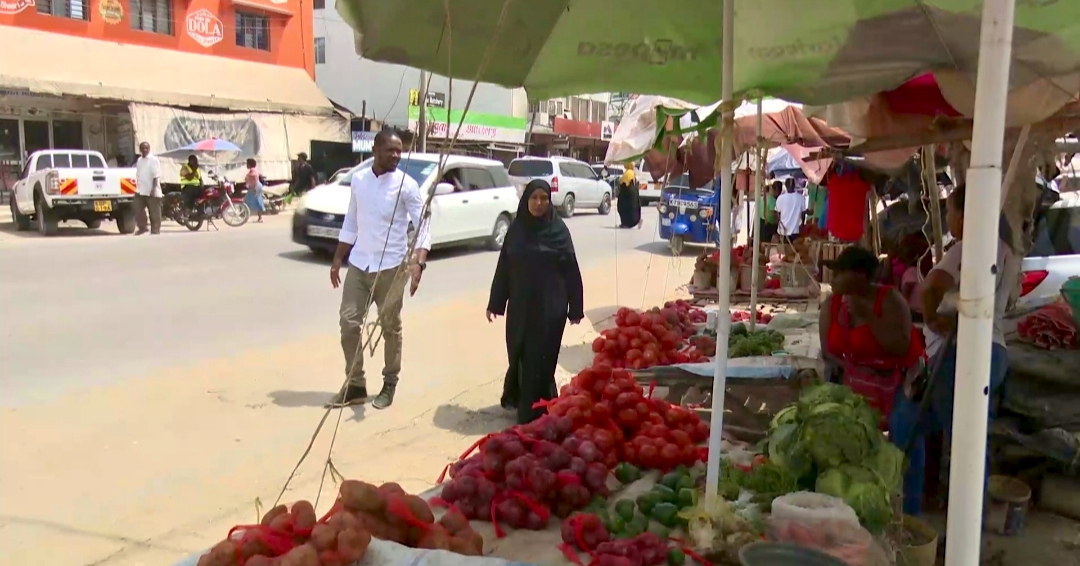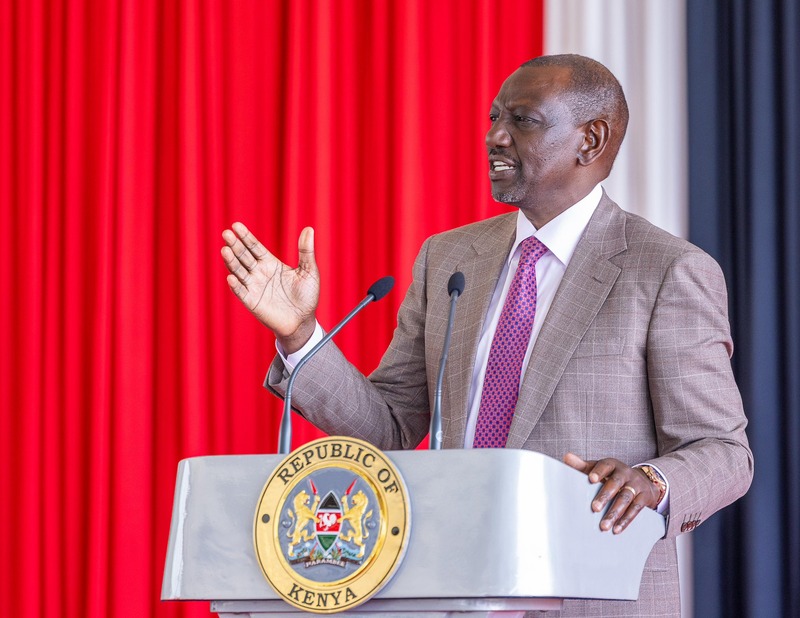Report shows 86,000 Kenyan children struggle with poor vision

Optometrists Association of Kenya conducted free eye screenings in six schools in the Mukuru informal settlement in Nairobi.
At least 86,000 children in Kenya face significant eye health challenges, including refractive errors such as short-sightedness, long-sightedness, and astigmatism.
A recent report highlights that these vision issues prevent them from clearly seeing blackboards and books, severely disrupting their learning.
More To Read
The report, titled "Better Education in Sight", was released by the International Agency for the Prevention of Blindness (IAPB) and the Seva Foundation to coincide with World Sight Day 2024 on October 10, 2024.
It reveals that these children could learn twice as effectively if their vision is corrected.
Additionally, it estimates that poor vision costs Kenyan children nearly 25,000 years of schooling annually.
Supported by the Optometrists Association of Kenya (OAK), the report emphasises the economic benefits of improving child eye health.
It suggests that addressing these issues could yield over Sh14.7 billion annually in additional earnings for the country.
"Good eye health translates directly into lifetime earnings for the individual," said Dr Victor Opiyo, the OAK president.
He illustrated this by explaining that a child who receives glasses at age five and continues to wear them until age 18 can expect to earn, on average, 125 per cent more over their lifetime compared to peers who do not correct their vision.
Peter Holland, CEO of IAPB, said that many refractive errors remain undiagnosed.
"Many students do not have easy access to eye tests, or are not aware of the importance of getting their vision checked regularly," he noted.
Holland urged health and education officials to enhance access to vision screenings and eyeglasses for schoolchildren.
In a proactive effort, the Optometrists Association of Kenya conducted free eye screenings in six schools in the Mukuru informal settlement in Nairobi, providing glasses to students in need.
On the same day, the World Health Organisation (WHO) also focused on child eye health.
Unfortunately, Kenya has recently struggled to meet its goals for eliminating trachoma, an eye disease responsible for thousands of cases of blindness each year.
The disease is particularly prevalent in counties such as West Pokot, Turkana, Baringo, Kajiado, and Narok, where it has already caused 53,000 cases of blindness.
Despite progress in tackling this public health issue, Kenya did not receive WHO validation for trachoma elimination.
Countries that previously received WHO validation for trachoma elimination are Ghana (June 2018), Gambia (April 2021), Togo (May 2022) and Malawi (September 2022).
Top Stories Today












































